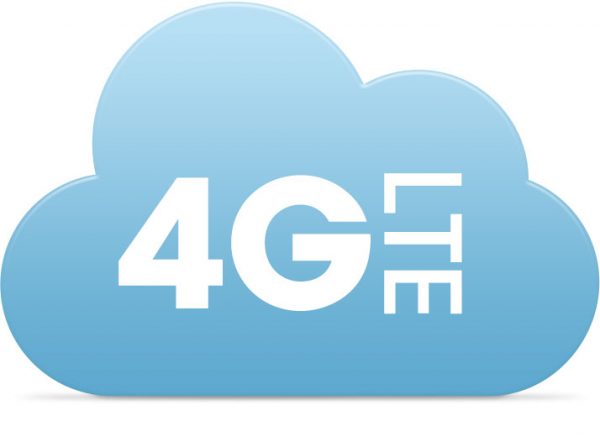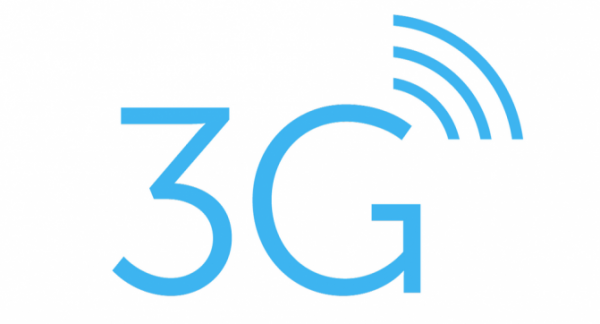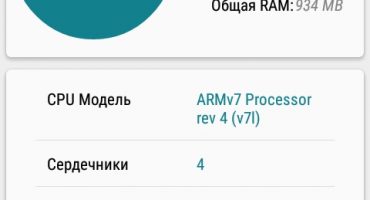Progress does not stand still. Recently, wireless technology has progressed significantly. Only 2-3 years ago, people used only the third generation network, and only in some parts of the world was the fourth generation network available.
Today, high-speed Internet is available throughout the post-Soviet space. 4G applies to phones and tablets, which makes its use easy and convenient. This wireless technology is supported by various operators (MTS, Megafon, TELE 2 and others).

4G and LTE connectivity
4G and Long Term Advanced - different technologies?
Often together with 4G the prefix LTE (Long Term Evolution) is added. This is the same? What are the differences? Such questions arise for many users when buying a particular gadget. Same thing with operators. Companies that are manufacturers of various gadgets, as well as operators, do not focus on the differences between these two technologies. They do this in order to attract consumers.
4G and Long Term Advanced are technologies that belong to the same time period. Nevertheless, differences still exist, it would be useful for the user to know about them.
Consider the definition first.
What is a 4G connection?
Decryption - 4generation, which means “fourth generation”. According to the promises of the inventors, the maximum bandwidth is 1 GB / s. It is intended for landline subscribers. For mobile subscribers, the same indicator is 100 MB / s. “4generation” includes two varieties of wireless Internet - Long Term Advanced and WiMAX 2. But at first the speed did not meet the promises from the developers. However, with the help of marketing, technology has advanced well to the masses.
In order to know the differences between LTE and 4G, you need to understand that Long Term Advanced is an intermediate stage in the development of a wireless network. 4G became a full-fledged generation after the advent of 4G + or LTE. It implies the "acceleration" of the Internet.
What is LTE in a modern smartphone and other devices?
Decoding of the abbreviation LTE - Long Term Evolution. LTE is the initial stage of development of the “fourth generation” when it first appeared. It is a separate type of data transfer.
The technology does not have technical characteristics, capabilities that meet the requirements of the International Telecommunication Union. But in order to attract as many consumers as possible, developers are promoting Long Term Evolution as a full-fledged 4G. After a certain period of time, the International Telecommunication Union allowed the use of both of these concepts in the same labeling. At the moment, we can observe this when buying various devices.
Upon reaching the promised throughputs, operators began to sell full-fledged 4G for 4G +. Now, thanks to the above, you know how these two wireless technologies differ.
HSPA + has almost the same performance when compared with LTE. You probably saw the H + icon that appears during a bad signal. This wireless network is related to the "third generation" of wireless communications. The speed of connection and data transfer is much less.

3G connection
Bandwidth Comparison
The main problem of Long Term Evolution is that it gives a low data transfer rate, when compared with the real "fourth generation". Let's consider:
- 4G Long Term Evolution Advanced has a bandwidth of up to 60 MB / s. The standard speed is 10 MB / s.
- The speed on 4G LTE in the phone and other devices is approximately 150 MB / s.For Advanced - almost 1 GB / s.
- The average reception speed is 30 MB / s.
What's better?

4G or LTE
What's better? The answer to this question is obvious. The differences between the two wireless technologies are not only in speed. They also differ in the coverage area. For example, in the Russian Federation, coverage is only half of the territory.
Advanced has access only in large cities of the country. High-speed connection is offered only by Beeline, MegaFon.
The second problem is the need to have the right gadget. The reason for the low-speed connection, failures are also weak user devices that impose restrictions. For high throughput, it is recommended that you purchase the appropriate gadgets. But Advanced is not available in many regions of the country, so you can take the time to buy more powerful devices.
Now you know the difference between 4G (“fourth generation”) and Long Term Evolution (LTE). You can choose the necessary services that the operators offer. Do not forget about the coverage area. Be sure to consider your needs, the opportunities that you have.



